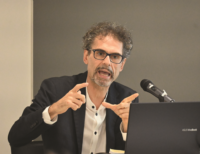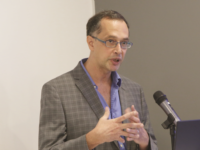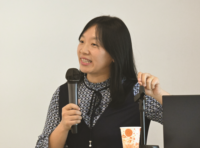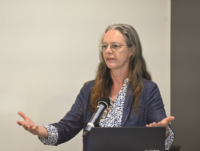Maps are most often communication tools. To enhance our understanding of their significance and use, it is important to have accurate knowledge of the stages of their mapmaking process and of their languages, including the recognition of their codification systems. It is also essential to be aware that maps are, by their very nature, never definitive. They are the result of a particular era, temporal objective, or policy goal that has inevitably changed over time. Our reading of maps must take all these elements into account, and in particular, we must avoid our modern way of looking at things, so that we do not interpret elements and representations that we no longer understand as bizarre. Four scholars gave talks for this lecture series, in which different types of maps were selected to better distinguish their uses, traditions, and diffusion.
The first lecture of the series was delivered by Dr. Angelo Cattaneo, Researcher of the CNR - National Research Council of Italy, on 26 October 2023. He shared his research on “The Global Eye: Dutch and Portuguese Maps and Vistas of Global Nodes (ca. 1650) in the collection of Cosimo III de’ Medici”. The second lecture, titled “The First Printed Missionary Map of East Asia-Hybrid Cartography and Propaganda”, was presented by Dr. Marco Caboara, Senior Lecturer in the History of Cartography and the History of Science at the Division of Humanities of The Hong Kong University of Science and Technology, on 14 November 2023.
Ms. Bai Hongye, Researcher of the National Library of China, gave the third lecture on “Comment on the Typology of the Map: Production and Spread” on 22 February 2024. And Dr. Isabelle Charleux, Director of Research at GSRL (CNRS - National Centre for Scientific Research), spoke on “Representing the Sino-Mongol Frontier in the Late Qing Period From a Mongol Perspective (Mongol Banner Map, 1907, HKUST)” on 3 April 2024. The talks were conducted in person with live Zoom broadcasts.
The lecture series drew hundreds of CUHK colleagues and students, alumni, and members of the public. Many insightful comments and questions were raised during the discussion sessions.
|
















